#blue insects
Text
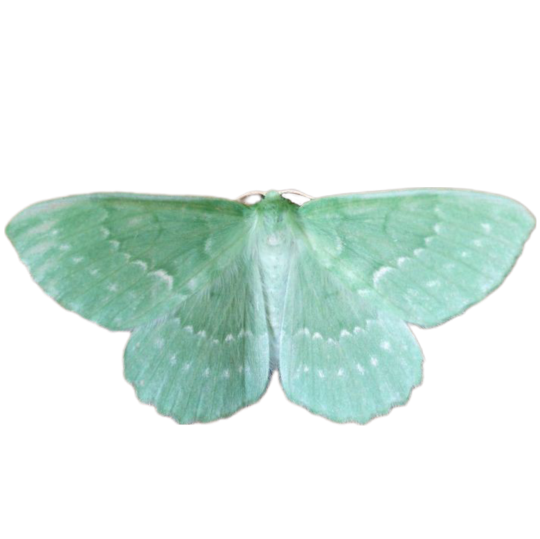
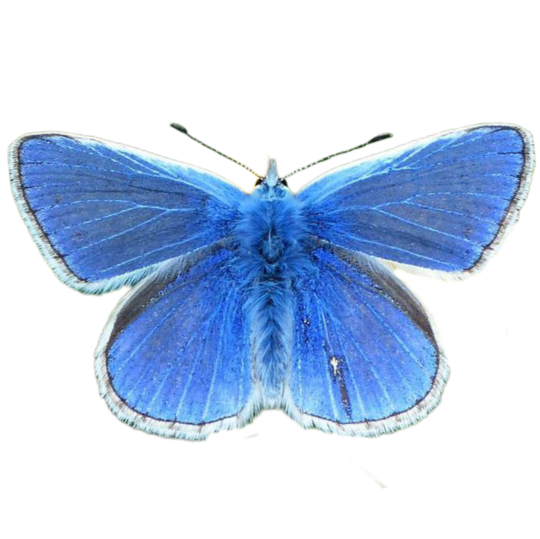
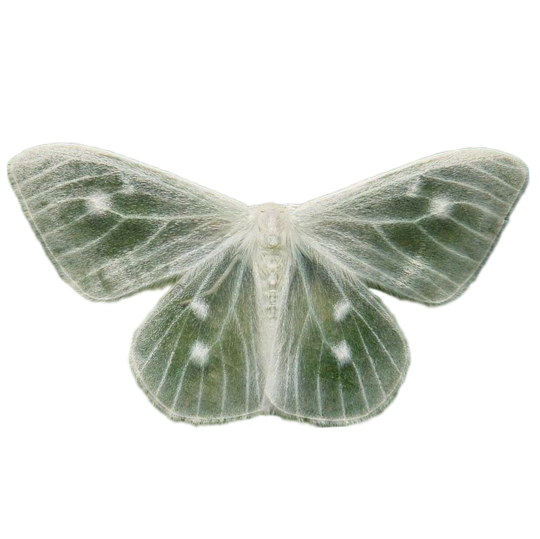
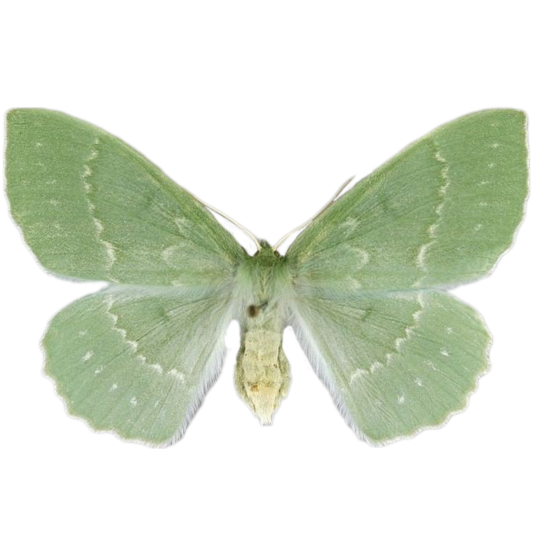
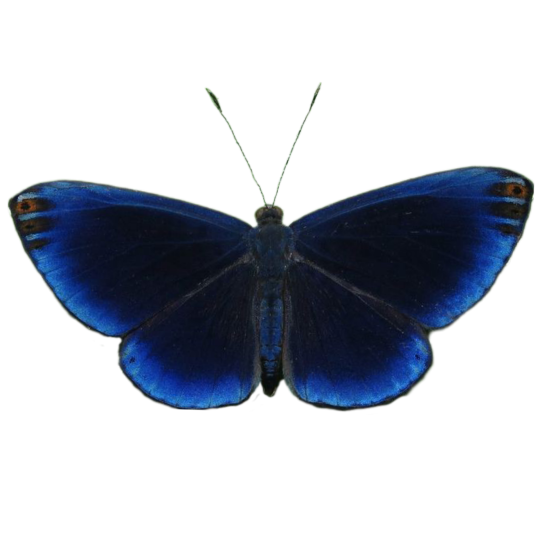


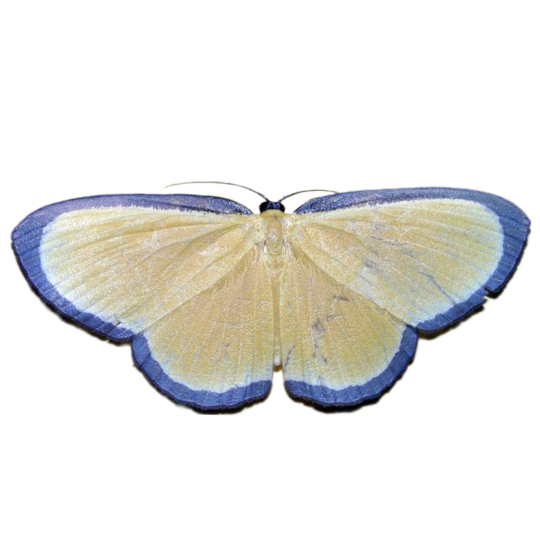

assorted moths and butterflies (png).
#moths#butterflies#butterfly#png#transparent#insects#entomology#naturecore#cottagecore#aesthetic#pastel#blue#green#lilac
11K notes
·
View notes
Text

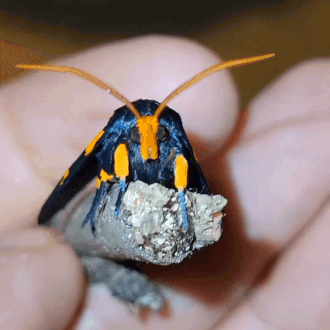


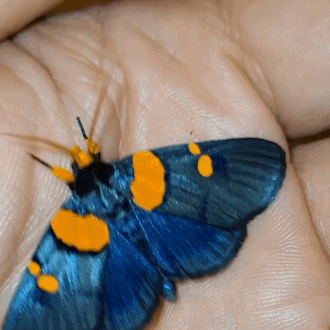
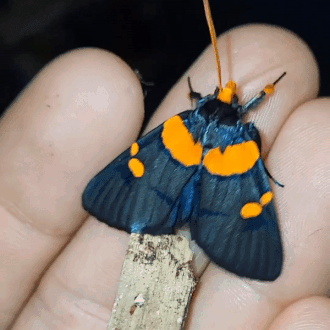
african peach moth (egybolis vaillantina) | source
#stim#moths#bugs#insects#sfw#blue#yellow#orange#shiny#african peach moth#animals#wings#egybolis vaillantina#hands#ishy gifs#postish#this moth makes me SO HAPPY#i love all moths don't get me wrong#but have you ever...seen a blue moth like this#gonna be makin a lotta gifsets of these fellers
37K notes
·
View notes
Photo
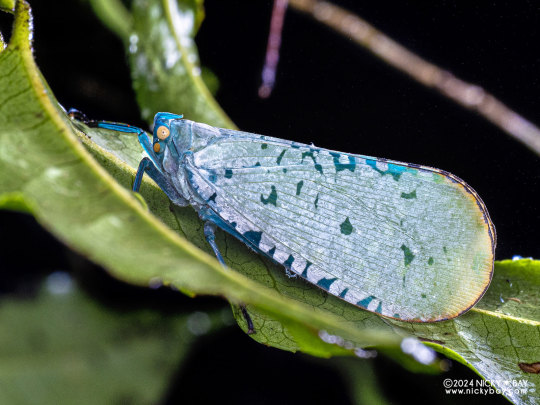
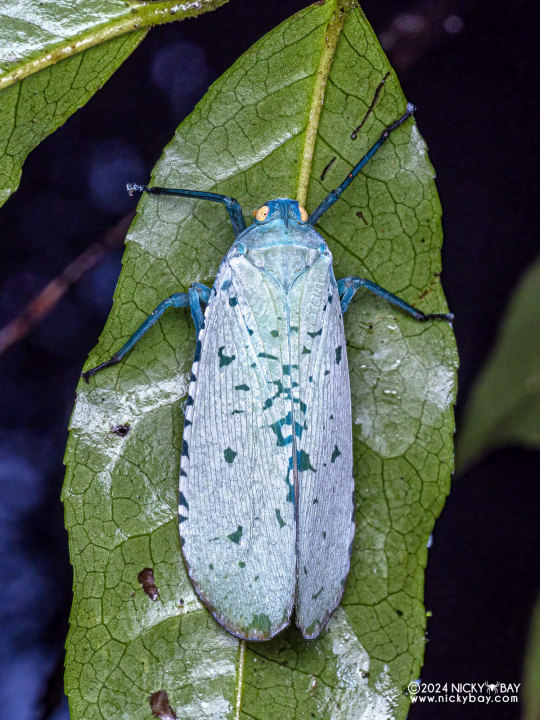
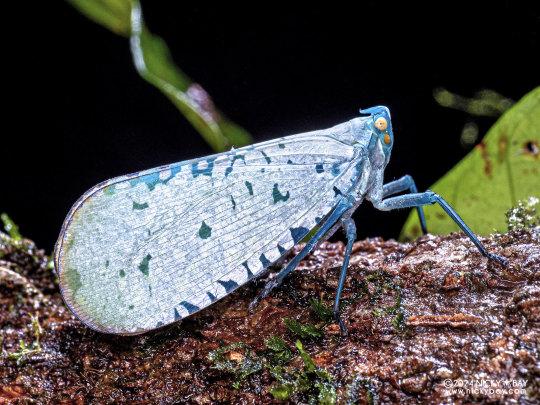

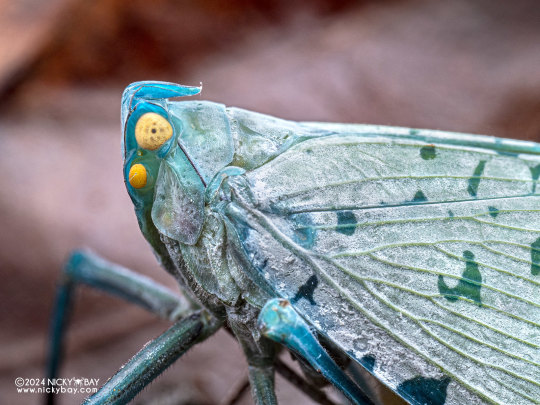


Blue lantern bug, Aphaena najas, Fulgoridae
Photographed in Thailand by Nicky Bay // Website // Facebook
Shared with permission; do not remove credit or re-post!
*Please note that this species is NOT the invasive-in-the-U.S. spotted lanternfly. This is an entirely different bug native to where it was observed, so do not make comments about killing it.
1K notes
·
View notes
Text
Weevil appreciation
Noticed everyone gives love to moths, but not enough love to silly weevils
Interact with this post or the post linked above to show your love and support to these silly weevils
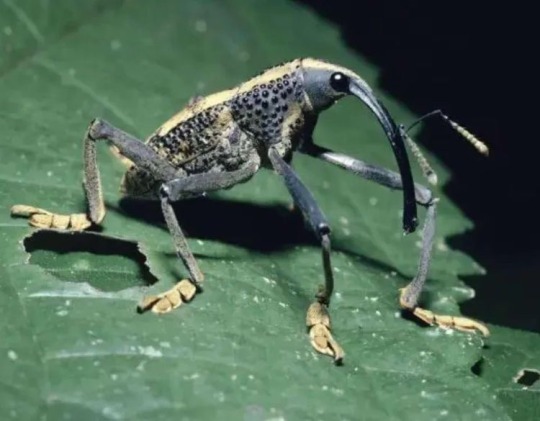
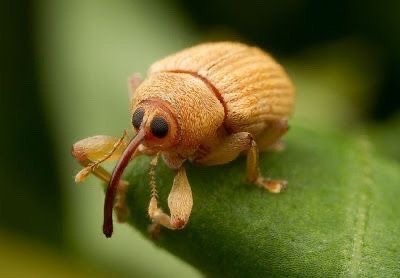

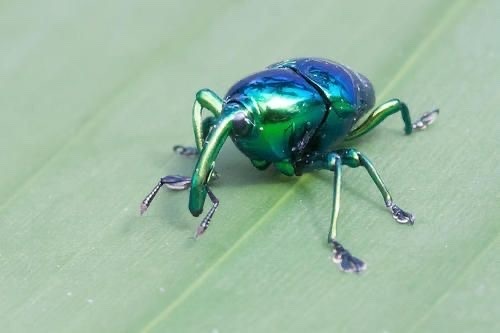

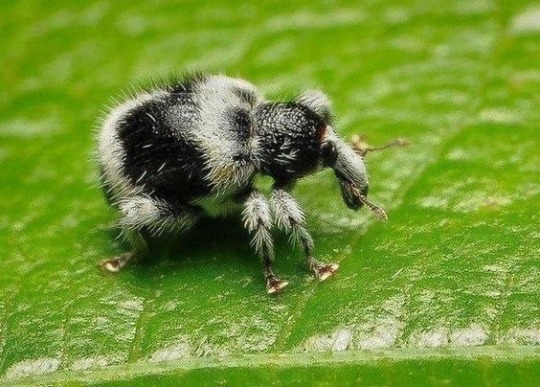
Weevils of all different textures, sizes and shapes!!! They’re awesome, silly, cute, and ughhhh yes!!
What’s your favorite weevil?•
#bugs#insects#silly bugger#weevil#blue beetle#beetles#bugs and insects#actually autistic#special interest#cute bugs#bug#silly bugs
5K notes
·
View notes
Text
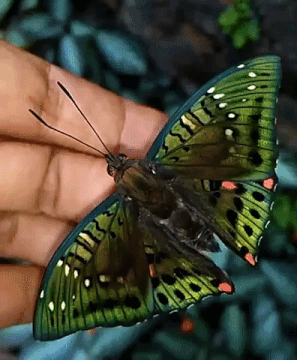

Herkes sevdiğini söylüyor istediğine. oysa ki hiç kimse kalben sevmedi bir kelebek ömrü kadar..
#photography#yörüngede#cottagecore#artists on tumblr#my photography#landscape#aesthetic#popular#euthalia adonia#butterflies#insects#stim#sfw#bugs#green#blue#pink#white#wings#hands#nature#ishy gifs#postish#cottage aesthetic#cottage#butterfly#cottagestyle#cozy cottage#cozy#naturecore
4K notes
·
View notes
Text

#insect#butterfly#painted lady#flower#photographers on tumblr#textless#amadee ricketts#arizona#macro#in the yard#garden#fall#autumn#december#salvia#orange#blue#green
2K notes
·
View notes
Text
just a lil blueberry out for an evening stroll <3
#coleoptera#entomology#insects#exotic pets#invertebrates#pet bug#pet insect#bugs#beetles#death feigning beetle#blue death feigning beetle#bdfb#beetle#desert beetle#darkling beetle#cute bug#bugblr
3K notes
·
View notes
Text
The Oriental Blue Clearwing Moth: these moths were regarded as a "lost species" for more than 130 years, until they were finally sighted again in 2013
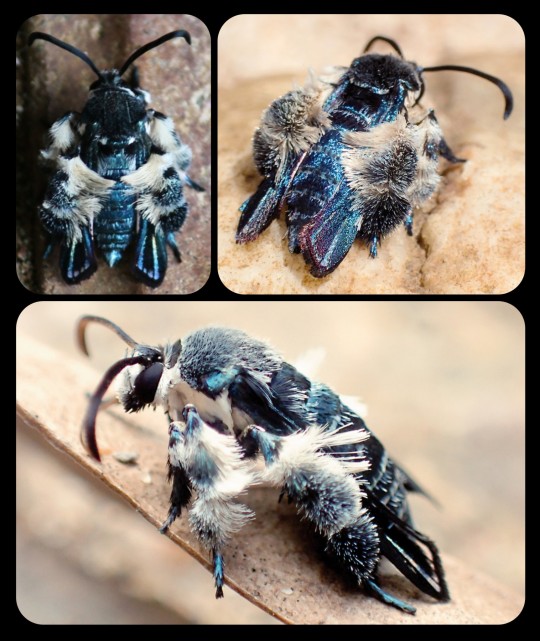
For more than 130 years, the Oriental blue clearwing moth (Heterosphecia tawonoides) was known only from a single, badly damaged specimen that was collected in Sumatra in 1887. There were no recorded sightings of this species again until 2013, when entomologist Dr. Marta Skowron Volponi unexpectedly found the moths feeding on salt deposits that had accumulated along the riverbanks in Malaysia's lowland rainforest.

These moths were observed by researchers again in 2016 and 2017, and research indicates that the moths are actually bee-mimics, as they mimic the appearance, sound, behavior, and flight patterns of local bees. Their fuzzy, bright blue appearance might seem a little out of place for a bee-mimic, but those features do appear in several different bee species throughout Southeast Asia.
When the moths are in flight, they bear a particularly strong resemblance to the bees of the genus Thyreus (i.e. cuckoo bees, otherwise known as cloak-and-dagger bees), several of which are also bright blue, with banded markings, dark blue wings, fuzzy legs, and smooth, rounded antennae. The physical resemblance is compounded by the acoustic and behavioral mimicry that occurs when the moths are in flight.
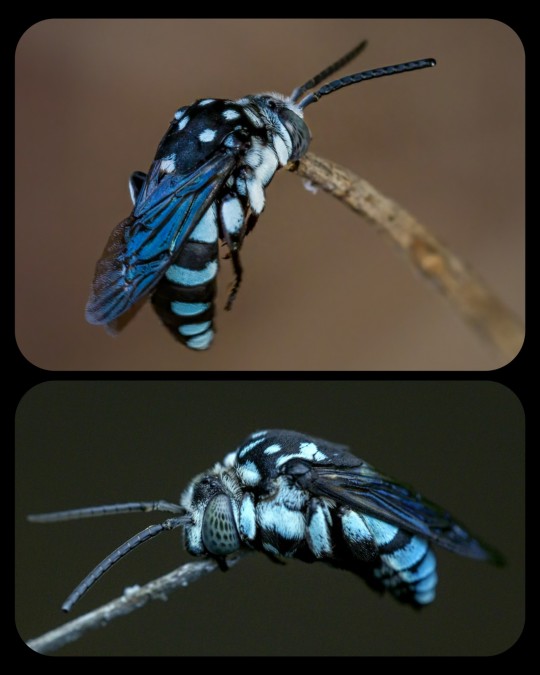
Cloak-and-Dagger Bees: the image at the top shows an Indo-Malayan cloak-and-dagger bee (Thyreus novaehollandiae) in a sleeping position, holding itself upright with its mandibles clamped onto a twig, while the image at the bottom shows a Himalayan cloak-and-dagger bee (T. himalayensis) resting in the same position
The moths also engage in "mud-puddling" among the various bees that congregate along the riverbanks; mud-puddling is the process whereby an insect (usually a bee or a butterfly) draws nutrients from the fluids found in puddles, wet sand, decaying plant matter, carrion, animal waste, sweat, tears, and/or blood. According to researchers, the Oriental blue clearwing moth was the only lepidopteran that was seen mud-puddling among the local bees.
Dr. Skowron Volponi commented on the unusual appearance and behavior of these moths:
You think about moths and you envision a grey, hairy insect that is attracted to light. But this species is dramatically different—it is beautiful, shiny blue in sunlight and it comes out during the day; and it is a master of disguise, mimicking bees on multiple levels and even hanging out with them. The Oriental blue clearwing is just two centimeters in size, but there are so many fascinating things about them and so much more we hope to learn.
This species is still incredibly vulnerable, as it faces threats like deforestation, pollution, and climate change. The president of Global Wildlife Conservation, which is an organization that seeks to rediscover "lost species," added:
After learning about this incredible rediscovery, we hope that tourists visiting Taman Negara National Park and picnicking on the riverbanks—the home of these beautiful clearwing moths—will remember to tread lightly and to take their trash out of the park with them. We also recommend that Americans learn about palm oil production, which is one of the primary causes of deforestation in Malaysia.
Sources & More Info:
Phys.org: Bee-Mimicking Clearwing Moth Buzzes Back to Life After 130 Years
Mongabay News: Moth Rediscovered in Malaysia Mimics Appearance and Behavior of Bees to Escape Predators
Journal of Tropical Conservation Science: Lost Species of Bee-Mimicking Clearwing Moth, H. tawonoides, Rediscovered in Peninsular Malaysia's Primary Rainforest
Frontiers in Zoology: Southeast Asian Clearwing Moths Buzz like their Model Bees
Royal Society Publishing: Moving like a Model - mimicry of hymenopteran flight trajectories by clearwing moths of Southeast Asian rainforests
Medium: Rediscovery in a Glint of Blue
re:wild.org: The "Search for Lost Species" Project
#lepidoptera#moths#heterosphecia tawonoides#oriental blue clearwing moth#entomology#insects#cute bugs#nature#animals#lost species#mimicry#evolution#bees#southeast asia#Malaysia#colorful moths#bee mimic#science
1K notes
·
View notes
Text
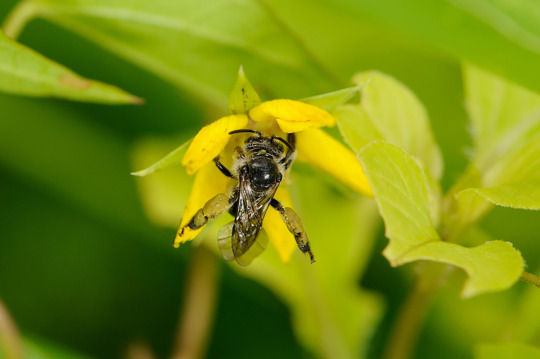
Xerces Society: Announcing The State Of The Bees Initiative: Our Plan To Study Every Wild Bee Species In The U.S.
This is really exciting news! For those unaware, the Xerces Society has been focusing on invertebrate conservation for over fifty years, and has pioneered a lot of the work to bring awareness to the devastating losses of not only insects but other terrestrial and aquatic invertebrates. It gets its name from the Xerces blue butterfly (Glaucopsyche xerces), the first North American butterfly driven to extinction by human activities.
Even if you haven't heard of the Xerces Society, you've probably come across various "Save the Bees!" campaigns. These frequently focus on the domesticated European honey bee (Apis mellifera), which, while it may be important to crop pollination in many parts of the world, is not a part of natural ecosystems in places like the Americas and Australia, and can be considered an invasive species at times. With the rise of colony collapse disorder (CCD) particularly after the turn of the 21st century, where entire domestic honeybee colonies would die off, the need to preserve bees began to gain wider public acknowledgement.
But what many people don't realize is that it is the thousands upon thousands of other native bee species worldwide that are in greater danger of extinction. They don't have armies of beekeepers giving them safe places to live and treating them for diseases and parasites. More importantly, where honey bees may visit a wide variety of plants, native bees often have a much narrower series of species they visit, and they are quite vulnerable to habitat loss. Most bees are not as social as honey bees and live solitary lives, unseen by the casual observer.
Invertebrates in general often suffer from a lack of conservation information, meaning that particularly vulnerable species may fly under the radar and risk going extinct without anyone realizing until it's too late. This ambitious program by the Xerces Society aims to solve that problem, at least for the 3,600+ species of bee in the United States. If they can assign a conservation status to each one, then that strengthens the argument toward protecting their wild habitats and working to increase their numbers. Hopefully it will also prompt more attention to other under-studied species that are in danger of going extinct simply because we don't know enough about them.
#bees#save the bees#invertebrates#arthropods#insects#entomology#nature#wildlife#animals#ecology#environment#conservation#science#scicomm#endangered species#extinction#pollinators#Xerces Society#Xerces blue
590 notes
·
View notes
Text
This Great Blue Skimmer is a Throwback to Summer
This Great Blue Skimmer is a Throwback to Summer shows readers an image from early August and explains the basic process that took it from its original state to this state.
Blue Dragon
I took this photo of a male great blue skimmer (Libellula vibrans) back in the beginning of August, and I loved the patterns of the veins visible in the wings, but it definitely needed some work to help bring out the pattern. It took a while to get it to where I wanted it. I’d work on it, think it was okay and then go back the next day and see more that needed to be done. I think…
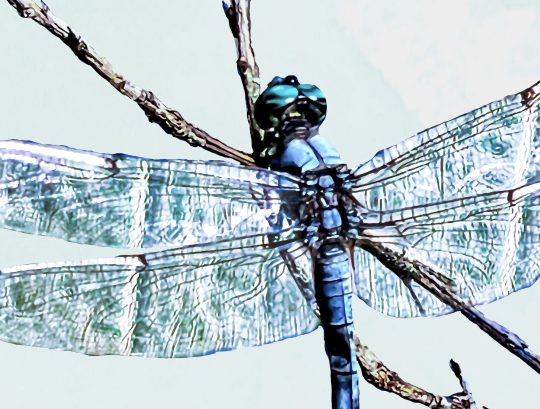
View On WordPress
#blue dragonflies#blue insects#blue skimmers#carnivorous insects#colorful dragonflies#colorful insects#dragonflies#dragonflies with blue eyes#dragonfly photographs#dragonfly photography#Florida dragonflies#Florida insects#Florida skimmers#flying insects#great blue skimmer#insect photographs#insect photography#insects#photography#skimmers
0 notes
Text

Early bumblebee/ängshumla on Blue globe thistle/blå bolltistel. Värmland, Sweden (August 1, 2019).
479 notes
·
View notes
Text

Karagöz Mavisi / Glaucopsyche alexis
8K notes
·
View notes
Text
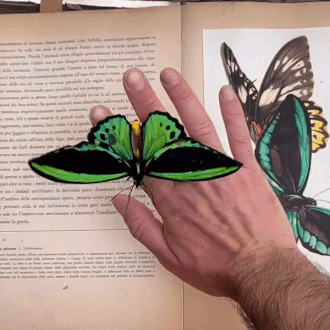

the common green birdwing (ornithoptera priamus) | source
#stim#butterflies#bugs#books#sfw#green#blue#white#black#yellow#brown#beige#wings#animals#insects#the common green birdwing#ornithoptera priamus#hands#ishy gifs#postish
9K notes
·
View notes
Photo

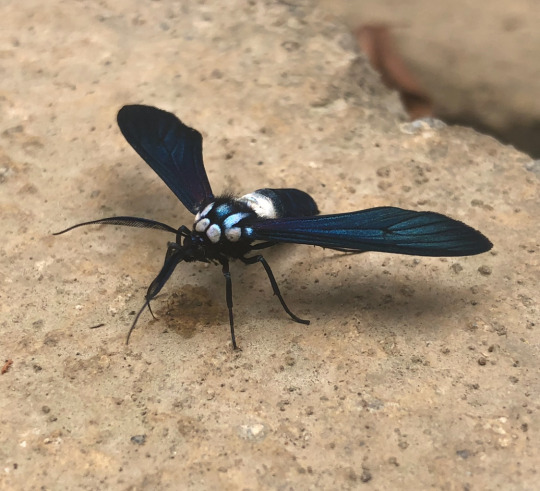
Blue handmaiden, Eriphioides ecuadoriensis, Arctiini, Erebidae
Photographed in Ecuador by belowbluewaterdiver
I could only find a couple photos of this species that I could legally share, but I can link this better photo here! The iridescent blue is beautiful :)
#animals#curators on tumblr#insects#bugs#moth#tiger moth#handmaiden#blue handmaiden#one nice bug#erebidae
3K notes
·
View notes
Text

Jonas continuing the collection—
#venture bros blue morpho#jonas venture sr#the monarch#you’d think I’d draw him constantly cause I love bugs#but he’s weird and hard to draw :cry:#the mighty monarch#btw I hope you all know I wish I could’ve drawn the other side of the blue morphos wings#not that I don’t like ugly ass bugs#venture bros fanart#first venture bros fanart that isn’t 100% literal!!#the venture bros#vb#venture bros#vbros#vbros art#venture bros art#radiant is the blood of the baboon heart#the blue morpho#blue morpho#Jonas venture#insects#bugs#butterfly#butterflies#my art#digital art
633 notes
·
View notes
Text
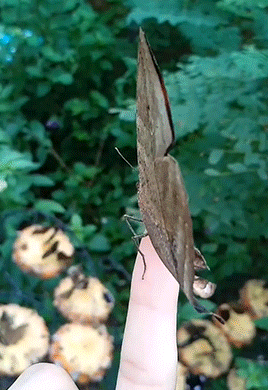

Ne garip herkes rengarenk düşler rüyasında hâlâ. oysa ki yaşam denen her şey bir kelebek ömrü kadar..
Dead colorful hopes..
#photography#yörüngede#artists on tumblr#cottagecore#my photography#landscape#aesthetic#popular#flowers#travel#euthalia adonia#butterflies#insects#stim#sfw#bugs#green#blue#pink#white#wings#hands#nature#ishy gifs#postish#cottage aesthetic#cottage#butterfly#cottagestyle#cozy cottage
2K notes
·
View notes